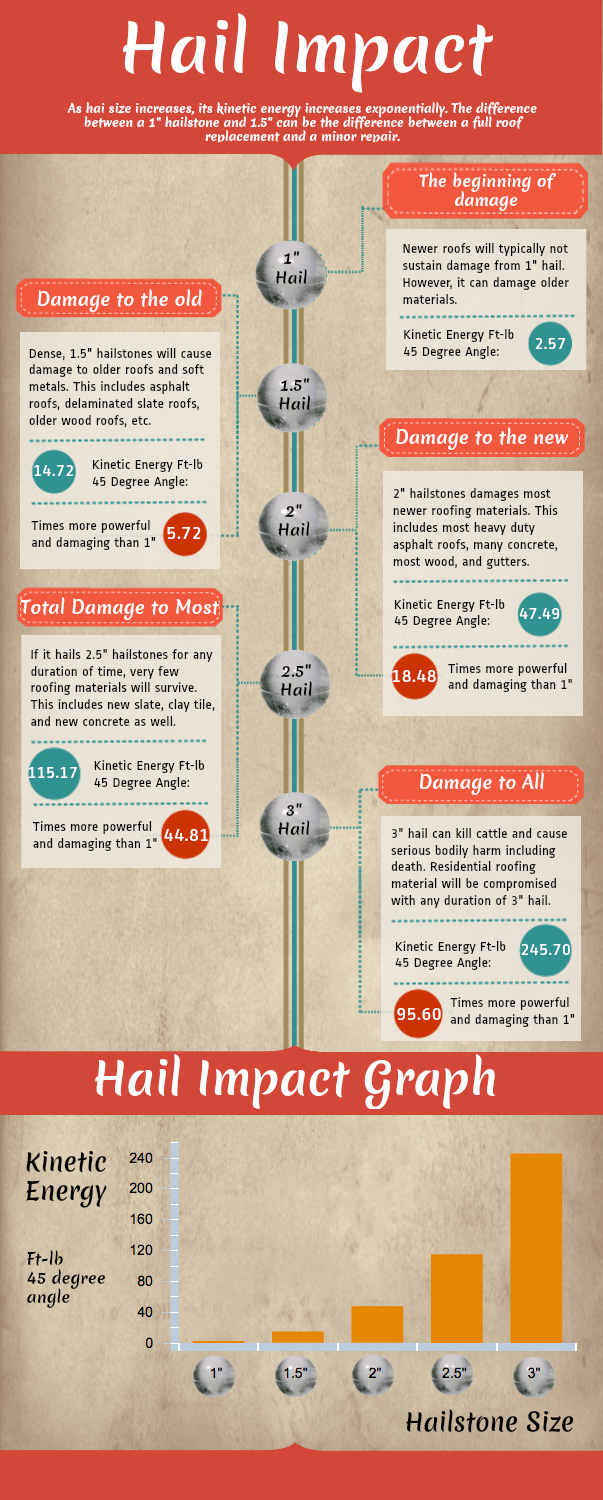Overlooking Roofing Air Flow Can Bring About Expensive Fixings; Uncover The Essential Factors To Consider That Make Certain Reliable Installment And Maintain Your Investment
Overlooking Roofing Air Flow Can Bring About Expensive Fixings; Uncover The Essential Factors To Consider That Make Certain Reliable Installment And Maintain Your Investment
Blog Article
Content Created By-Kehoe Iversen
When you're taking on a roofing project, you might not believe much about roof ventilation, but it's even more important than you realize. Reliable air flow assists manage temperature and moisture in your attic, preventing troubles like mold and architectural damages. By understanding exactly how to make and set up a well balanced ventilation system, you can boost energy performance and extend the life-span of your roofing materials. So, what are the key aspects to take into consideration throughout installment that can make all the distinction?
Importance of Roof Air Flow
Roofing system air flow plays an essential duty in preserving the total health of your home. By allowing fresh air to circulate with your attic room, it helps regulate temperature level and wetness degrees. This equilibrium is important to prevent warmth buildup throughout hot months, which can result in increased power expenses as your a/c works overtime.
Additionally, proper ventilation dramatically reduces the danger of moisture-related problems like mold and mildew. If humidity levels rise, your home's structural integrity can be jeopardized, causing costly repair services. You would not intend to deal with decomposing wood or deformed roofing materials, right?
Additionally, appropriate air flow expands the lifespan of your roofing system. When warmth and moisture are kept in check, your roof covering can perform efficiently, avoiding premature wear and tear. This implies fewer migraines and expenditures down the line.
How Roofing System Ventilation Works
Efficient roof covering ventilation relies on the all-natural activity of air to produce an equilibrium in between consumption and exhaust. When you set up vents, you're essentially enabling fresh air to enter your attic room while allowing warm, stagnant air to run away. This process assists manage temperature level and wetness levels, preventing concerns like mold and mildew development and roofing damage.
Intake vents, normally located at the eaves, reel in great air from outside. Meanwhile, exhaust vents, located near the ridge of the roofing system, let hot air increase and leave. The difference in temperature level develops a natural air movement, known as the stack effect. As warm air rises, it produces a vacuum that draws in cooler air from the reduced vents.
To optimize this system, you need to make certain that the consumption and exhaust vents are properly sized and placed. If the consumption is restricted, you won't achieve the desired air flow.
Furthermore, not enough exhaust can catch warmth and moisture, resulting in prospective damages.
Trick Setup Factors To Consider
When installing roof ventilation, a number of vital considerations can make or damage your system's effectiveness. First, you require to examine your roofing's design. click the up coming website page , form, and products all affect air movement and ventilation selection. See to it to pick vents that suit your roofing kind and local climate problems.
Next, think about the positioning of your vents. Ideally, you'll desire a well balanced system with consumption and exhaust vents placed for ideal air flow. Place intake vents low on the roof covering and exhaust vents near the height to encourage an all-natural flow of air. This configuration helps stop wetness accumulation and promotes energy efficiency.
Do not ignore insulation. Proper insulation in your attic stops warmth from running away and keeps your home comfortable. Guarantee that insulation does not obstruct your vents, as this can hinder air movement.
Last but not least, think about upkeep. Pick air flow systems that are simple to gain access to for cleaning and assessment. Regular upkeep guarantees your system continues to work successfully in time.
Verdict
To conclude, roof air flow is necessary for a successful installation. By ensuring Recommended Looking at , you can stop heat buildup and moisture issues that result in costly damages. When you purposefully setting intake and exhaust vents, you boost power efficiency and lengthen the lifespan of your roof. Keep in mind, a well-ventilated roof not only safeguards your financial investment but additionally boosts your indoor air top quality. So, focus on air flow to make certain a durable and economical roof for your home.
